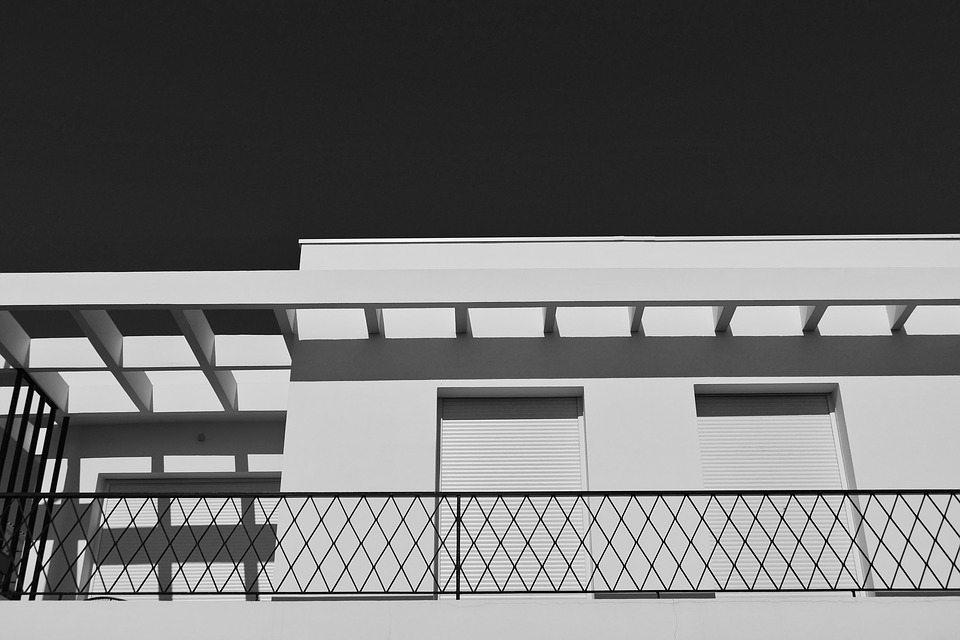Before buying a TPO roof, you first need to understand how to install TPO roofing. Thermoplastic Polyolefin (TPO) is one of the main types of single-ply membrane roofs. These roofs are standard on commercial buildings because they have a high fire rating.
TPO roofs are also popular because of their long-lasting material and high energy efficiency. However, homeowners should hire qualified roof installers to ensure their roofs are installed properly.
But before we get into the installation methods and materials needed, it is essential to know other TPO factors. Read on to understand why people choose TPO over other materials.
What Is TPO Roofing?
TPO is a fast-growing type of single-ply roofing membrane. TPO differs from the other single-ply membrane roofs in its chemical makeup, rate of energy efficiency, and installation.
The roof has a high fire rating and can naturally reflect UV rays, increasing energy efficiency. TPO roofs last for over 30 years with little maintenance when properly installed.
Pros and Cons of TPO Roofing
Before buying a roofing material, homeowners are usually curious to know about the roof’s pros and cons.
Some of the advantages of TPO roofs are:
- Affordability
TPO roofing is quite affordable. However, the total cost depends on the amount of roofing material needed for the job. For example, 1,500 square feet of TPO roofing material costs approximately $7,500, a price that is lower than PVC roofs, although the two have similar benefits.
The installation cost also depends on the roofing materials, the size of the roof, and the installer’s expertise. To ensure a professional and reliable installation, homeowners should consider hiring a company like Roof Master and Construction.
- Easy Maintenance
Once you have your TPO roofing system properly installed, you can easily maintain it. The most common roofing problems like mold growth, punctures, and tears don’t affect TPO roofs.
The roof also changes according to the changing temperatures. For example, in a hot or cold climate, the roof will expand and contract according to the change in temperature. As well, it does not retain any moisture after rains, so you will not deal with mold.
- Easy Installation
TPO sheets are lightweight, making them easy to install. These roofs have wider sheets that require few seams, hence their quickness to install.
There are also different installation methods, with the most used technique being adhesives. As well, the roof is easy to install around chimneys and skylights.
- Energy Efficiency
TPO’s energy efficiency is another reason for its popularity. These roofs naturally reflect the UV rays to prevent heat accumulation in the house. This reduces the heating and cooling system’s work, reducing energy usage and lowering energy bills.
Cons of TPO Roofs
Here are some of the cons of TPO roofing that homeowners should be aware of.
- Quality Variations
Building owners get different qualities of the TPO roofing membranes because of the different materials manufacturers use. You could get superior TPO roofing at a specific price from one manufacturer and get a lower quality TPO roof at the same price from another manufacturer.
- Recentness
TPO is a fairly new roofing material. Therefore, there is less long-term knowledge available regarding the roof’s properties, durability, and maintenance.
Manufacturers are still finding the best mixture of materials to make durable TPO roofs, hence the varying quality.
How to Install TPO Roofing Material
Besides the longevity and favorable characteristics of TPO roofing materials, the roof requires proper installation. Avoid DIYs on TPO roof installation and hire professional installers. However, if you have the experience, these steps will help you with roof installation.
Step 1. Prepare the Roof
Start by removing the existing roof and cleaning the area. Choose a polyisocyanurate, expanded polystyrene, or extruded polystyrene type of insulation to install.
Your choice will rely on your budget and the amount of energy efficiency you need. Insulation is crucial because it prevents energy exchange in and out of the home, increasing energy efficiency.
Once you have installed the insulation, install the cover board to prepare for the membrane installation. Ensure you sand down the sharp edges of the cover board to protect your membrane from tears.
Step 2. Membrane Installation
Building owners choose the different thicknesses of membrane depending on their needs. Most commercial buildings have a 60-mil thick TPO membrane, which you can install using fasteners or adhesives.
If you use adhesives to install, ensure there are no air bubbles before placing the TPO membrane. It reduces the roof’s effectiveness. Although mechanical fasteners offer quick installation, the roof will suffer moisture damage, causing rotting and damage to the entire structure.
Also, ensure you seal all the seams to avoid water leakage and ensure the roof’s effectiveness.
Choose a good drainage system that includes drip edges and gutters. It ensures no water remains on the roof when it rains. Poor drainage can lead to water leaks and damage the inner roof’s material.
Final Words
Learning how to install TPO roofing is straightforward. Luckily, our guide will help you if you want to DIY your TPO roofing. Alternatively, you can hire a qualified installer to make the work easier. Contact us for more tips on how to install TPO roofing and to talk to our professionals.



